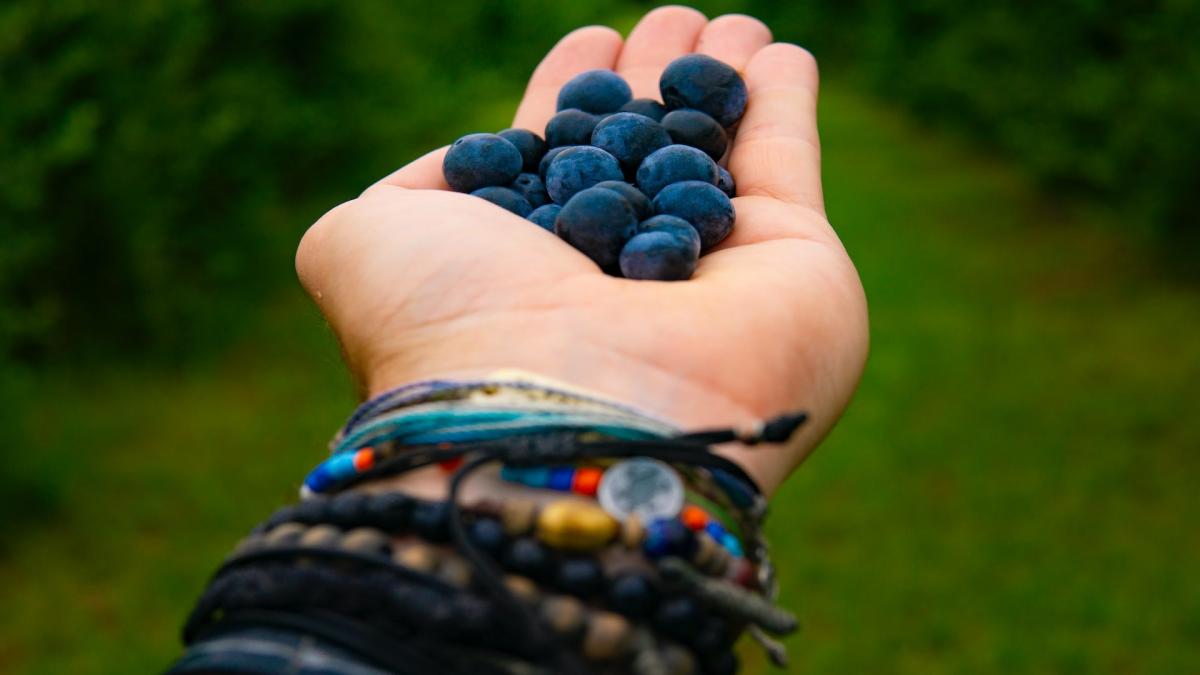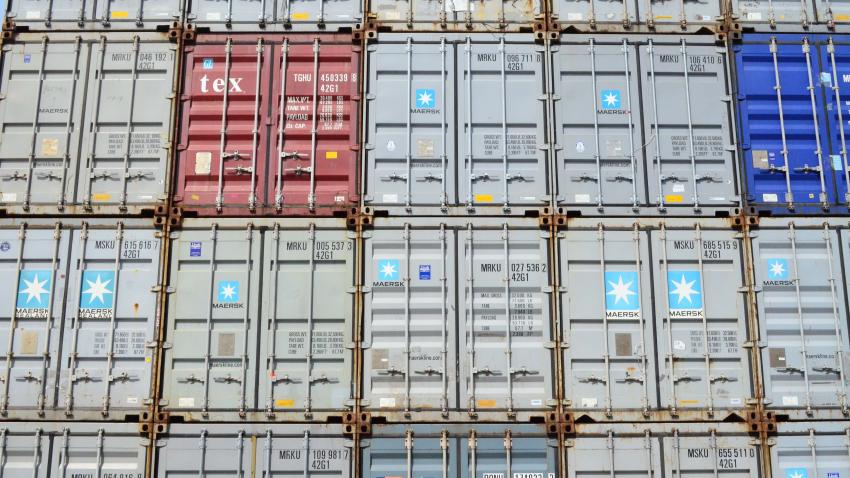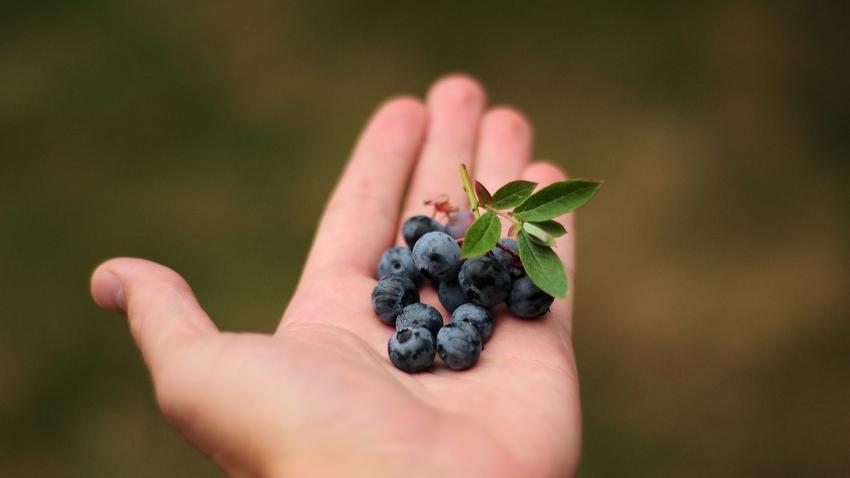You are here
Back to topPeruvian Blueberries Strive To Go Green

The days of the blueberry industry in Peru focusing solely on increasing production and lowering prices have passed. A significant number of Peruvian producers are now prioritizing sustainable development. Sustainability is now seen as a key goal within the industry’s ambitious growth and expansion plans.
Meteoric rise in just a decade
The evolution of Peru’s blueberry industry is phenomenal considering how quickly it emerged. In the early 2000s, few would bet on starting a blueberry business in the country. Sandy soils unconducive to growing crops were a major hurdle. However, extensive irrigation projects, which gradually transformed the deserted lands on Peru’s coast into lush blueberry plantations, together with multiple free trade agreements, boosted the growth of the industry. Between 2010, when Peru exported almost no blueberries up to the present, when the country beats the rest of the world in exports, blueberries evolved into a flagship product with Peruvian enterprises becoming some of the world’s largest exporters. In the 2022/23 season, as estimated by the Peruvian Blueberry Growers’ Association (Proarándanos), the country’s exports may reach 285,000 metric tons, a 28% increase on last season, making Peru the world’s number-one exporter for the fourth consecutive year.
Peru’s top export destinations are the United States, the European Union (the Netherlands) and China. While China accounted for 12% of Peru’s total export volume last season, the country sees a great potential for further growth in China’s market owing to its constantly increasing demand. According to Proarándanos, China’s is the fastest growing market in percentage terms and is expect to reach 14% of exports in the current season. At the same time, new markets are also coming online: the first shipments of Peruvian blueberries were registered in Jordan and Israel in August and September of this year.
Soil and water: on-hand solutions
It should come as no surprise that such rapid expansion has prompted Peru to assess the environmental impacts of blueberry cultivation. The two main aspects being considered are the use of chemicals and the water consumption.
Tightened requirements for maximum residue limits set by other countries have forced Peruvian growers to shift towards organic production. Even with remarkable efforts, organic blueberries still do not grow in large quantities and remain a niche in Peru, accounting for around 11% of the country’s total output. In the meantime, researchers continue seeking new ways to minimize the use of chemicals and boost organic crops. Some of them have focused on the use of drones to apply agricultural inputs. Drones spray plants with higher precision and thus help to reduce the amount of pesticides. Moreover, drones produce less overspray and drift compared to tractors or trucks. Yet, several constraints—mainly a limited flight time caused by short battery life and a limited tank capacity—hamper drones’ broader use. Other researchers believe the key to sustainability lies in soil fertilization over plant fertilization. They highlight that organic agriculture is based on nourishing plants through the soil and not treating plants directly as it is done in conventional agriculture. Poor quality of soils, however, makes it quite difficult, but not utterly impossible.
Another challenge faced by Peru’s blueberry industry, one of the country’s never-ceasing problems, is water distribution. Most blueberry production areas are located near the deserted coast, and therefore it is vital for them to have a dependable water supply. According to industry representatives, the country has plenty of water, but transferring it to the agricultural areas is not always efficient. Blueberry businesses are pressing for more innovative irrigation technologies, while also stressing that more reservoirs should be built. In the meantime, producers apply their own water management methods aiming to reduce water consumption. Some companies have attempted growing potted blueberry bushes. Although such practice requires a higher investment, the advantage is significant as potted production consumes half the water of conventional in-soil growing. Elsewhere, businesses have focused on measuring water consumption by installing soil probes that aid in planning and rationalizing water usage. Those enterprises which demonstrate continuous efforts in water conservation are granted the National Water Authority’s (ANA) “blue certificate”, a recognition of responsible water use that enhances their brand reputation.
The extent to which Peru’s blueberry industry can further react to the current challenges, and with what new approaches and techniques, will define the country’s ability to consolidate its position as the world’s leading exporter over the medium and long term.
Image: Unsplash















Add new comment